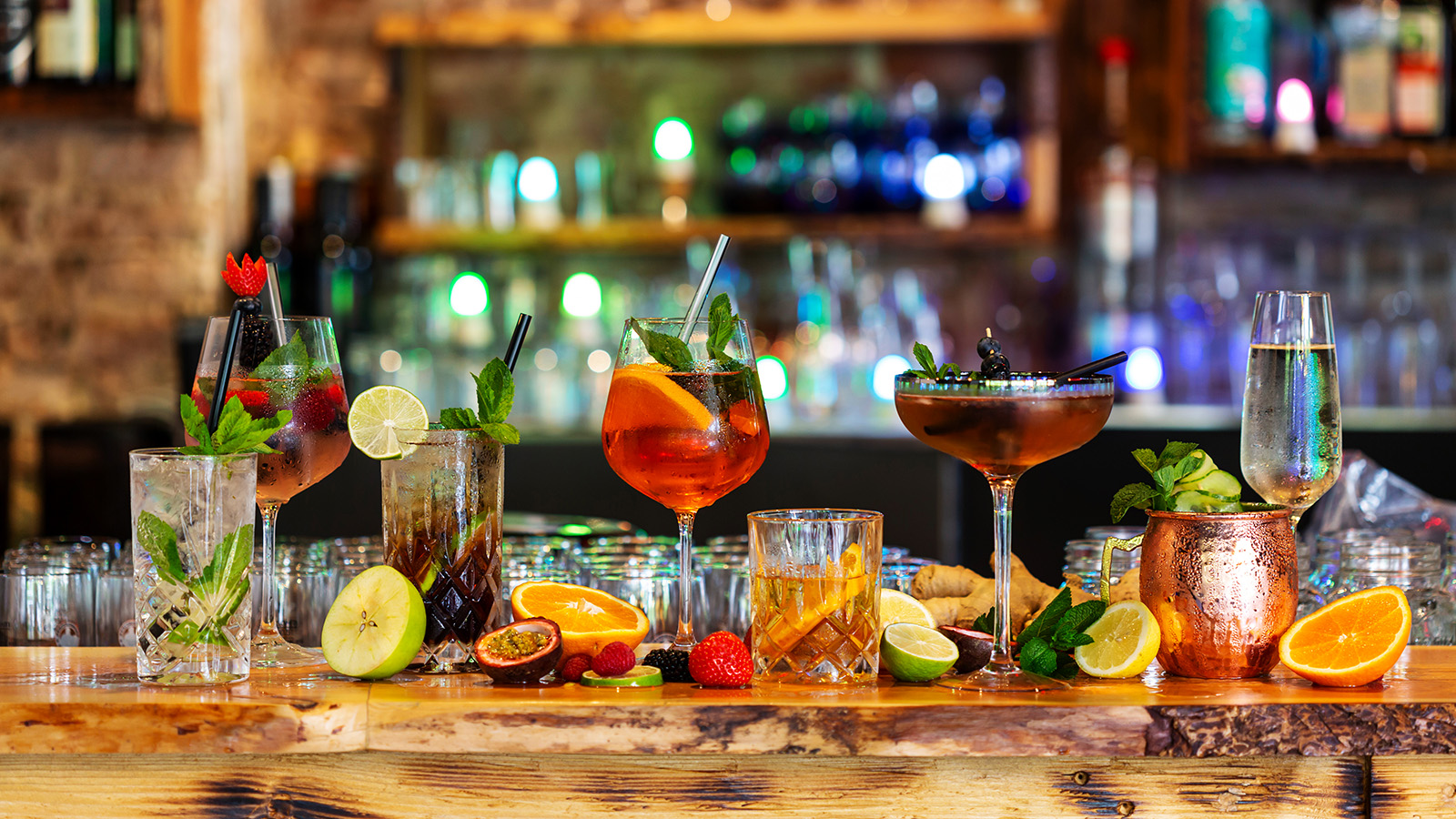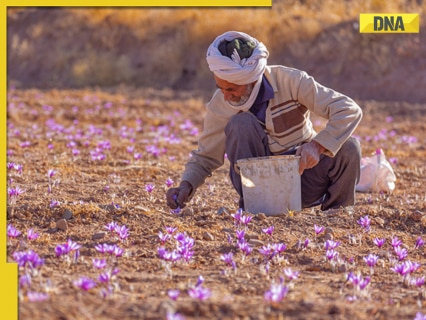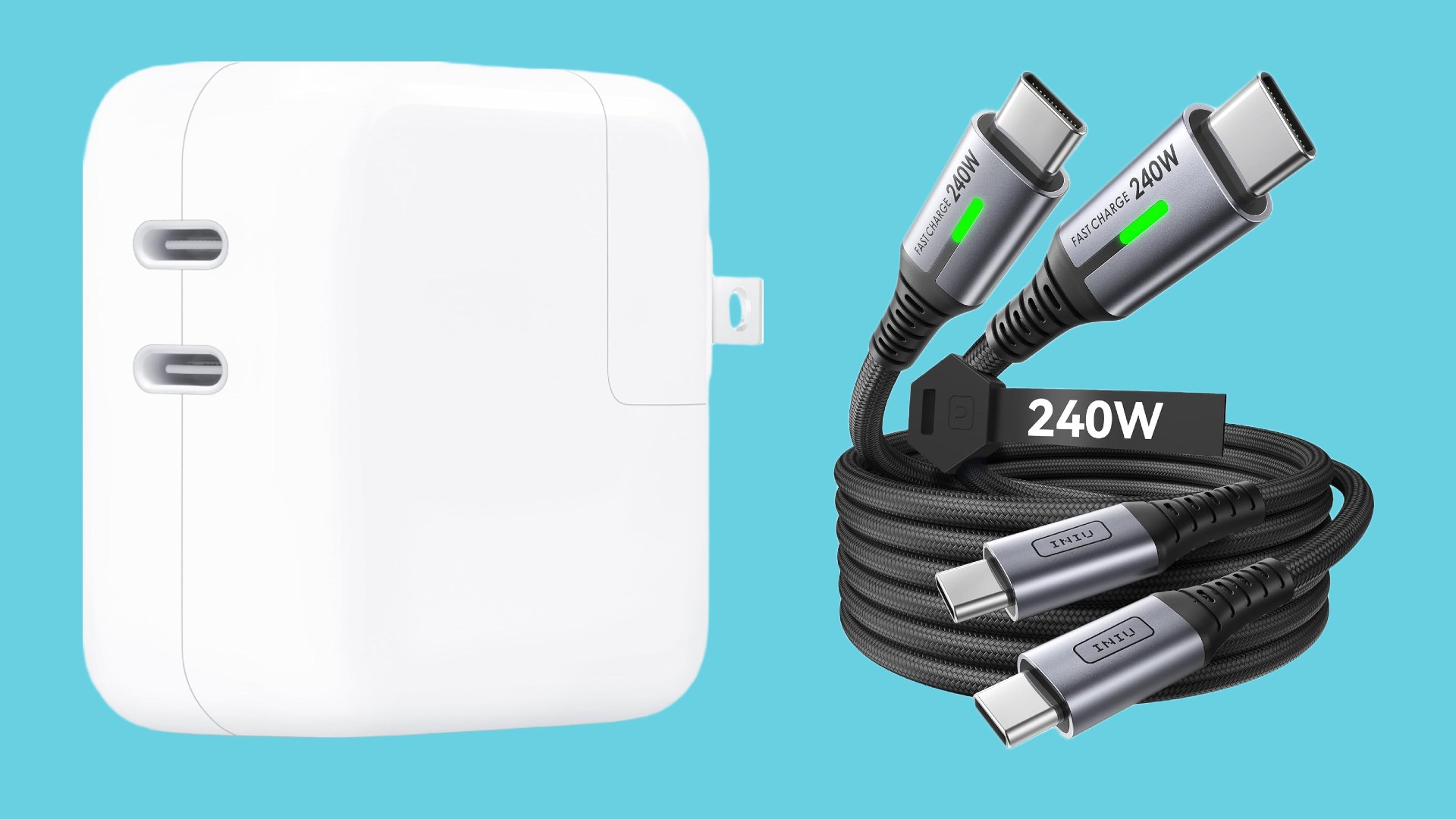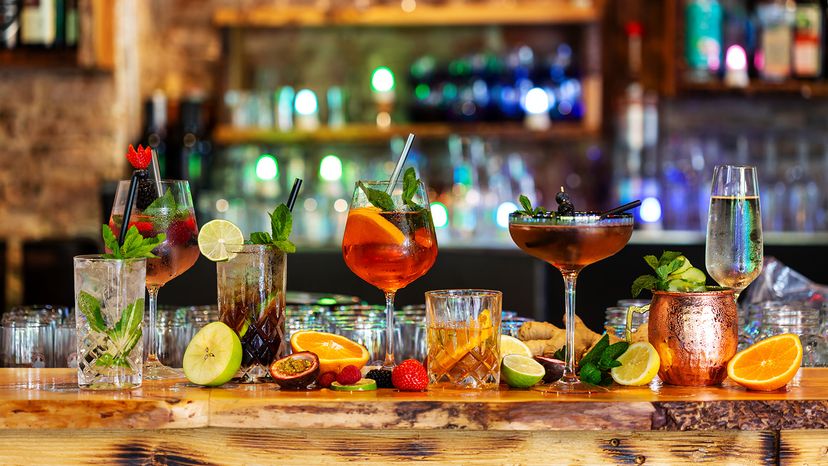
From cocktails to cooking, alcohol is everywhere. But not all alcohol is created equal. The types of alcohol range from drinkable spirits to industrial solvents, each with different uses, chemical properties and risks.
Knowing the differences between distilled and undistilled alcohol (as well as potable vs. non-potable) helps you understand both the fun and the serious side of alcohol.
1. Ethanol (Ethyl Alcohol)

This is the only type of alcohol that humans can safely drink. Found in all alcoholic beverages, ethanol is produced through the fermentation process of sugars from fruits, grains or honey. It’s what gives alcoholic drinks their buzz.
2. Isopropyl Alcohol (Rubbing Alcohol)
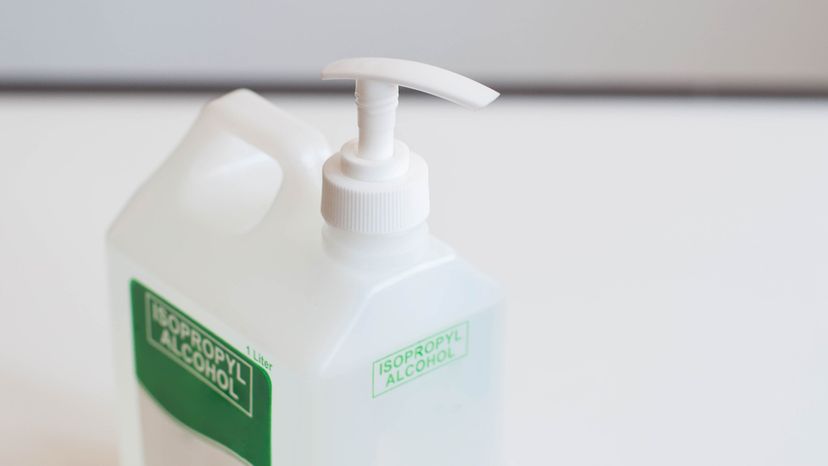
Used for disinfecting surfaces and cleaning wounds, isopropyl alcohol is not safe for consumption. It’s a secondary alcohol with a strong odor and is poisonous if ingested.
It works by denaturing proteins, which is useful in sterilization but dangerous to the human body.
3. Methanol (Wood Alcohol)

Methanol is highly toxic and can cause blindness or death if ingested. It’s used industrially and should never be confused with drinking alcohol.
Methanol poisoning is a serious public health risk, especially in unregulated or counterfeit alcoholic products.
4. Fermented Alcoholic Beverages (Undistilled)
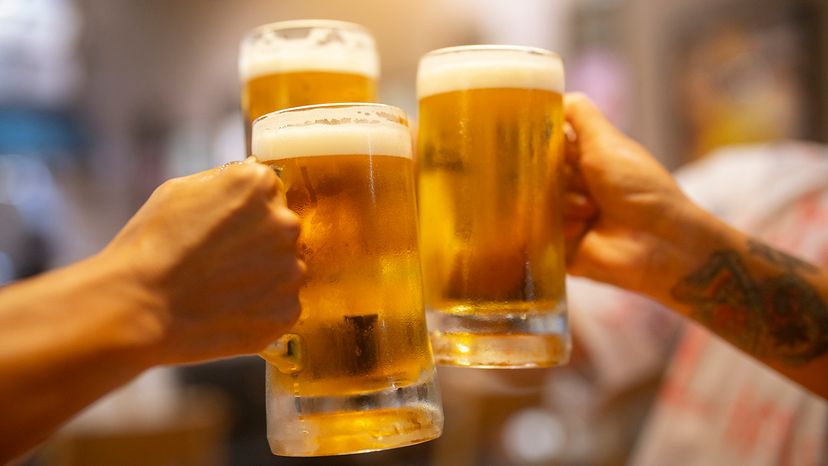
These include:
- Beer: Made from fermented grains like barley or wheat
- Wine: Created by fermenting grapes or other fruits
- Cider and perry: Fermented apple juice or pear cider
- Sake and rice wine: Made by fermenting rice
These drinks have lower alcohol content — usually between 3 and 15 percent — and are categorized as undistilled alcohol.
5. Distilled Alcoholic Beverages (Spirits)
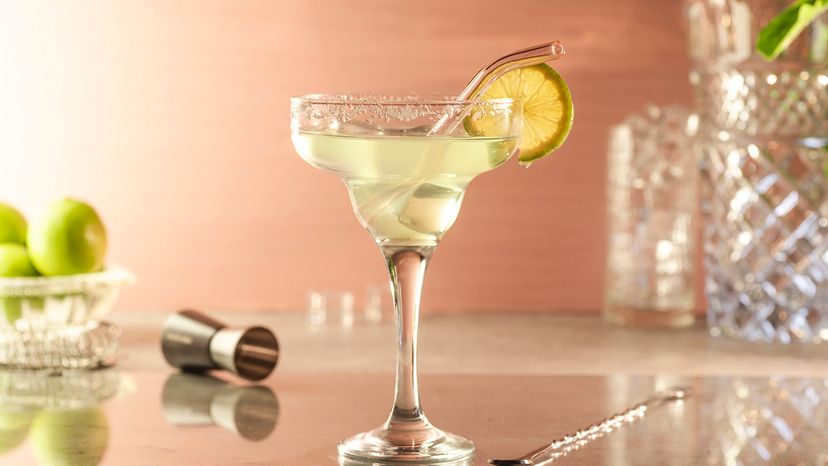
Distilled drinks have gone through distillation, which increases alcohol concentration. Common types include:
- Vodka: Known for its neutral flavor, often made from grains or potatoes
- Whiskey: Distilled from fermented grains and aged in barrels
- Tequila: Made from the blue agave plant in Mexico
- Rum: Produced from sugarcane or molasses
- Gin: Flavored with juniper berries and other botanicals
These distilled spirits often have 35 to 50 percent alcohol content (70 to 100 proof).
6. Fortified Wines

These are wines with added distilled spirits (usually brandy) to boost alcohol content. Examples include sherry, port and vermouth. They’re used in cooking, mixed drinks or as dessert wines.
7. Liqueurs and Cordials
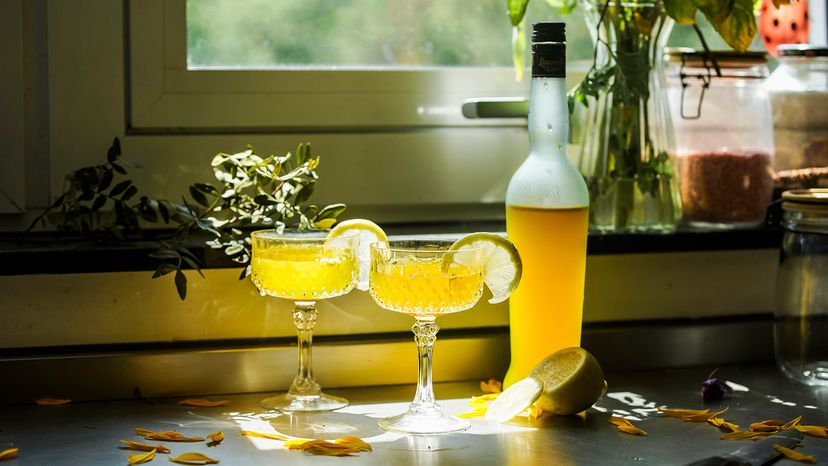
Popular liqueurs are sweetened distilled beverages flavored with fruits, herbs or spices. Examples include Amaretto, Baileys and Cointreau.
They generally have a lower alcohol content than other spirits (around 15 to 30 percent ABV) and are used in mixed drinks or served as digestifs.
Understanding Alcohol Chemically
Alcohols are organic compounds containing one or more hydroxyl groups (-OH) attached to carbon atoms.
Ethanol is a primary alcohol, while isopropyl is a secondary alcohol, and amyl alcohol is a higher alcohol found in trace amounts in fermented drinks.
The term “alcohol content” or “alcohol proof” refers to how much alcohol is in a beverage. A standard drink typically contains about 14 grams of pure alcohol.
Health and Safety Notes
While moderate ethanol consumption is less likely to cause harm than excessive drinking, no alcohol intake is entirely risk-free, and alcohol misuse and alcohol addiction are serious issues. Alcohol use disorder can affect the central nervous system and lead to long-term health complications.
Organizations like the National Institute on Alcohol Abuse and Alcoholism (NIAAA) and the Centers for Disease Control and Prevention (CDC) offer resources for understanding and addressing alcohol-related issues.
We created this article in conjunction with AI technology, then made sure it was fact-checked and edited by a HowStuffWorks editor.


